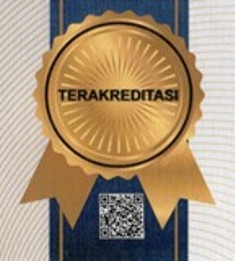EXO OLO TASK Learning Model: What Should Students do in the Class?
DOI:
https://doi.org/10.24036/sjdgge.v3i1.191Keywords:
EXO OLO TASK Learning Model, HOTS, learning activity, learning skillsAbstract
The purpose of this article is to describe the EXO OLO TASK Learning Model as a learning model that can develop variative and creative learning activities. This model is also relevant to the 21st century learning skills and Curriculum 2013 learning. This article is a conceptual idea based on underlying theories and concepts and supported by empirical data because it was developed in dissertation research using the ADDIE development model. This model has four syntaxes, namely, 1) strengthening concepts, 2) EXO TASK, 3) OLO TASK, 4) Reflection. The advantages of this learning model are: 1) can develop creativity, critical thinking, communication and collaboration and higher-order thinking skills of students as the core of 21st century learning, 2) can develop higher quality learning activities and more complete learning experiences, 3) the multilevel and challenging questions is the trigger for the expected learning activity. The application of this learning model can help teachers to answer basic questions about 21st century learning that is "what should students do at class?".












